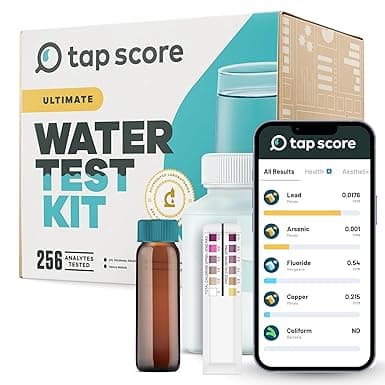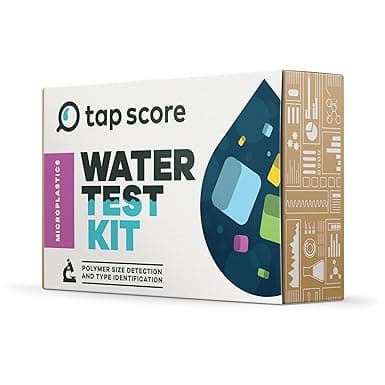1,1,1 Trichloroethane
Synthetic volatile organic compound originally developed as a less toxic substitute for other chlorinated industrial chemicals. It is currently used as a solvent and cleaning agent, and was previously an ingredient in household cleaning products, glues, and aerosol sprays. It is readily volatile, thus all routes of exposure (ingestion, inhalation and dermal) are relevant if one is exposed via drinking water. It has been detected in both surface water and groundwater.
EPA MCLG Level
200 ppb
Maximum level that poses minimal health risk based on the latest science
Health Effects
Drinking water standards for 1,1,1-trichloroethane have been developed based on potential liver, nervous system or cardiovascular effects.
Affected Organs & Systems:
Common Sources
- Sources of 1,1,1-trichloroethane may include release from sites where it is produced, and landfill runoff (due to old office and household products)
How to Remove It
Water filters certified under the following NSF standards are effective at removing 1,1,1 Trichloroethane:
EPA MCLG Level
The EPA MCLG represents the maximum level that poses minimal health risk based on the latest scientific research. It's often more protective than federal legal limits.
Contaminant Type
1,1,1 Trichloroethane is classified as a VOCs contaminant.
This contaminant primarily affects the nervous-system, cardiovascular, and other systems.
Check Your Water
Find out if 1,1,1 Trichloroethane is in your tap water.
Search Your CityTest Your Water for This Contaminant
Public water reports may not test frequently enough or at your specific tap. Professional home testing provides current, location-specific results.

SimpleLab
Standard Home Water Test
$232
Comprehensive water analysis testing over 200 contaminants including bacteria, heavy metals, and chemical compounds.

SimpleLab
Advanced Home Water Test
$369
Most comprehensive home water test including all standard tests plus additional parameters for ultimate peace of mind.

Tap Score
Advanced Microplastics Test
$636
Cutting-edge testing for microplastics particles in drinking water using advanced laboratory techniques.